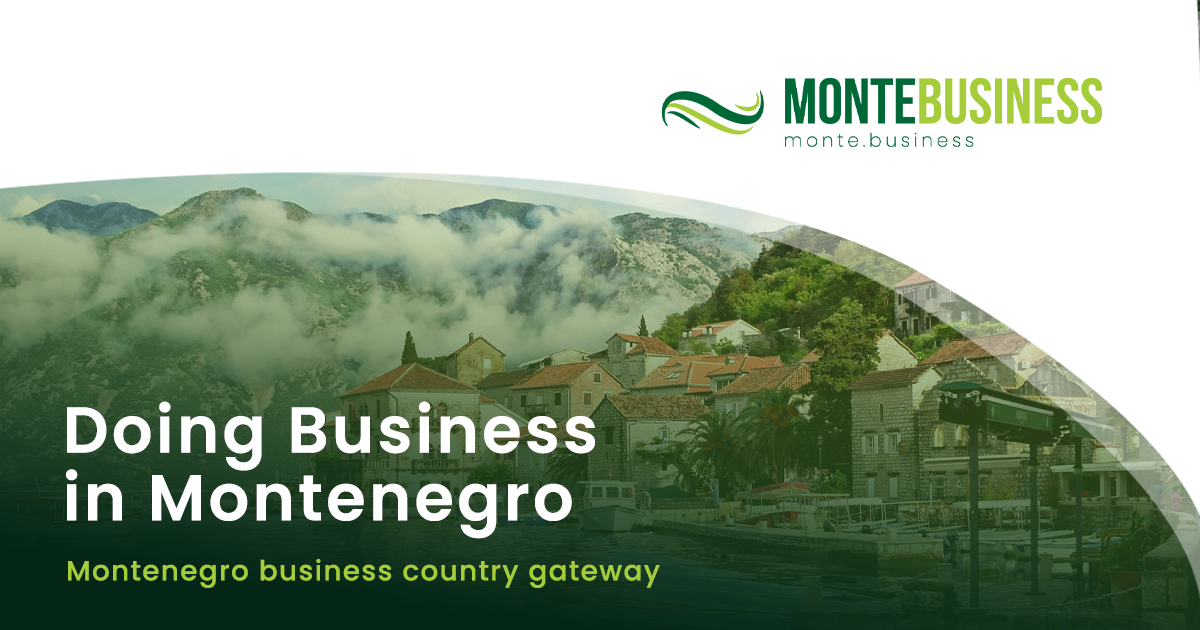Montenegro’s tourism is facing a deep crisis, according to Žarko Radulović, president of the Montenegrin Tourism Association. He says the pre-season was weak, the peak lasted only 18 days in August, and everything else fell below expectations in terms of both guests and revenues. Problems with traffic, overcrowding, and infrastructure are only symptoms, while the real issues lie in government decisions, unrealistic taxes, and the lack of a systemic approach.
Radulović warns that Montenegro has become an expensive destination that does not deliver the level of service its prices demand. Unlike France, Italy, or Croatia, which managed to stabilize their seasons despite global challenges, Montenegro had no reserves to rely on.
A key factor was the government’s decision to double VAT on hotels from 7% to 15% starting January 1, forcing businesses to raise prices beyond what the market could sustain. This, combined with higher beach rents and other costs, turned Montenegro into a high-priced but low-value destination.
He stresses that tourism is not just about beds and beaches, but about the whole experience: roads, cleanliness, and infrastructure. Poor planning led to traffic chaos during the summer, with tourists facing long delays and constant police stops, while neighboring countries like Albania adopted guest-friendly policies.
Radulović believes solutions exist but require systemic reforms and tax relief so businesses can lower prices and stay competitive. Otherwise, Montenegro risks losing its position as a tourist destination.
He concludes with a stark warning: tourism in its current form is unsustainable. “If this continues, even running luxury hotels will be less profitable than hostels. That should be a wake-up call for the state.”








